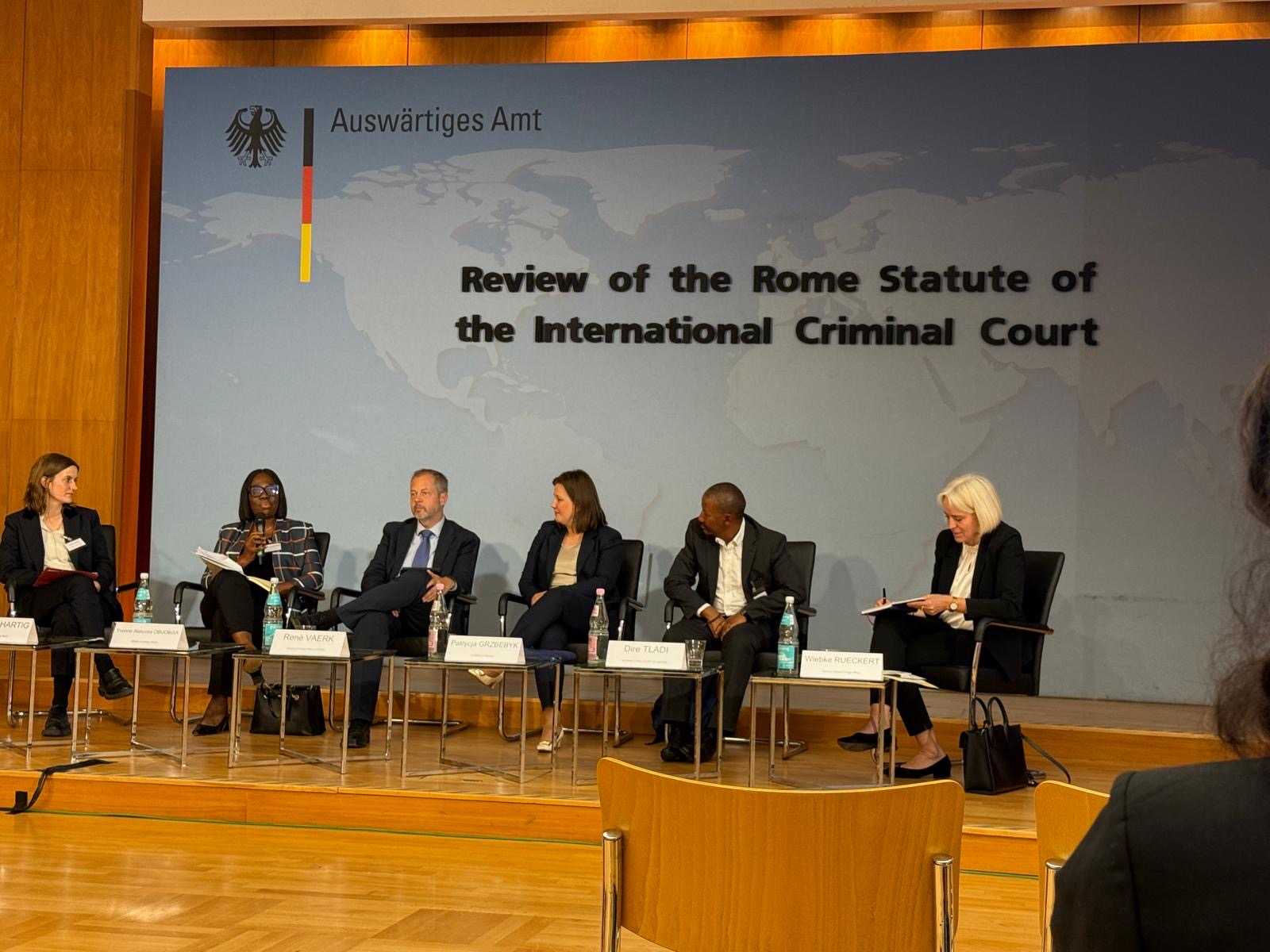Murder, Arbitrary Imprisonment, and Torture: UN Report Exposes Iran’s Human Rights Violations

In a recent report published by an independent international fact-finding mission established by the United Nations Human Rights Council, the Iranian regime has been accused of committing heinous crimes against its citizens who protested against the regime’s systematic discrimination against women and girls. The report confirms the regime’s responsibility for the death of Jina Mahsa Amini, a 22-year-old Iranian-Kurdish woman, and highlights the violation of human rights by Iranian officials with the knowledge and support of senior officials.
Systematic Discrimination against Iranian Women Fueled Widespread Protests, Violent Response
The UN fact-finding mission describes the Iranian regime’s crackdown on protests as a series of extensive, sustained, and continuing human rights violations directed against women, girls, and individuals supporting gender equality. The report reveals that these violations are a result of a decades-long legacy of discriminatory practices imposed by the regime since the 1979 Islamic Revolution. Iranian women and girls have been deprived of fundamental rights, including the right to life, freedom from torture, freedom of expression, freedom of religion, public life, bodily integrity and autonomy, education, and healthcare. The authorities have enforced these discriminatory laws through violent measures such as murder, imprisonment, torture, rape, and sexual violence.
State-Sponsored Violence Aimed to Crush Dissent
Use of Excessive Force and Gender-Based Violence against Protesters
The fact-finding mission uncovered testimonies revealing that security forces specifically targeted women for violent treatment during protests. Security forces have inflicted ocular injuries resulting in partial or full loss of eyesight, branding the victims as protesters for life. The mission also found credible reports that security forces killed up to 550 protest participants and bystanders, including women and children. Iranian authorities have denied these deaths and threatened the families of victims who do not support the official accounts.
Arbitrary Arrest and Detention, including Enforced Disappearance
The mission documented numerous cases of arbitrary arrests of women, children, and men for peaceful protests and expressing solidarity with protesters. School children as young as ten years old were subjected to massive arbitrary arrests and detention. The authorities concealed the fate or whereabouts of detainees from their families, constituting enforced disappearances. The regime also executed individuals after sham judicial proceedings for crimes that should not carry the death penalty.
Torture and Cruel Treatment, including Sexual Violence
The report reveals a pattern of sexual and gender-based violence committed by Iran’s security forces to silence and punish protesters and their supporters. Cases of rape and other forms of sexual violence were documented against men, women, and children as young as 12 years old in 14 different provinces in Iran. Detainees were subjected to physical assaults, burning, electric shocks, suspension, stress positions, waterboarding, and psychological torture.
Disproportionate Impact on Minorities
The mission found that Iran’s Kurdish and Baluchi minority communities were disproportionately affected by the crackdown, reflecting deep-rooted discrimination against ethnic minorities in Iran. The Baha’i religious minority community was also targeted, leading to a surge in arrests and detentions, especially of Baha’i women.
Responsibility for Violence at the Highest Levels
The UN mission accuses high-level authorities, including Supreme Leader Ali Khamenei and members of security councils, of overseeing and carrying out violations amounting to crimes against humanity. Senior leaders of Iran’s Islamic Revolutionary Guard Corps, the Ministry of Intelligence, national police, morality police, militias, prosecutors, and judges are also implicated in the report.
Violent Retaliation Continues against Iranian Women, Journalists, and Dissenters
The report confirms that Iran’s authorities have escalated repression against women and girls, with increased cases of violations of mandatory hijab laws. Female students have faced suspension or dismissal from academic programs, and sexual violence by security forces continues with impunity. Journalists, lawyers, artists, and individuals expressing support for protesters have faced harassment. Family members of victims are subjected to arrest, torture, intimidation, imprisonment, dismissal from work and school, and termination of retirement benefits if they refuse to support the authorities’ narrative.
Iran’s People Must Not Be Forgotten
Despite the damning findings of the report, Iran’s deadly repression remains overlooked. The American Jewish Committee (AJC) has been urging government leaders and the international community to speak out against Iran’s human rights abuses. The UN Human Rights Council has extended the mandate of the fact-finding mission and the special rapporteur on Iran to monitor the ongoing situation of human rights in the country.
SDGs, Targets, and Indicators
SDGs, Targets, and Indicators
- SDG 5: Gender Equality
- Target 5.1: End all forms of discrimination against all women and girls everywhere
- Target 5.2: Eliminate all forms of violence against all women and girls in the public and private spheres, including trafficking and sexual and other types of exploitation
- Indicator: Number of women and girls subjected to violence or discrimination based on gender
- SDG 10: Reduced Inequalities
- Target 10.2: By 2030, empower and promote the social, economic, and political inclusion of all, irrespective of age, sex, disability, race, ethnicity, origin, religion or economic or other status
- Indicator: Proportion of the population subjected to discrimination or violence based on ethnicity, religion, or gender
- SDG 16: Peace, Justice and Strong Institutions
- Target 16.1: Significantly reduce all forms of violence and related death rates everywhere
- Target 16.3: Promote the rule of law at the national and international levels and ensure equal access to justice for all
- Indicator: Number of human rights violations reported or documented
Analysis
1. Which SDGs are addressed or connected to the issues highlighted in the article?
The issues highlighted in the article are connected to SDG 5 (Gender Equality), SDG 10 (Reduced Inequalities), and SDG 16 (Peace, Justice and Strong Institutions).
2. What specific targets under those SDGs can be identified based on the article’s content?
Based on the article’s content, the specific targets that can be identified are:
– Target 5.1: End all forms of discrimination against all women and girls everywhere
– Target 5.2: Eliminate all forms of violence against all women and girls in the public and private spheres, including trafficking and sexual and other types of exploitation
– Target 10.2: By 2030, empower and promote the social, economic, and political inclusion of all, irrespective of age, sex, disability, race, ethnicity, origin, religion or economic or other status
– Target 16.1: Significantly reduce all forms of violence and related death rates everywhere
– Target 16.3: Promote the rule of law at the national and international levels and ensure equal access to justice for all
3. Are there any indicators mentioned or implied in the article that can be used to measure progress towards the identified targets?
The article mentions or implies several indicators that can be used to measure progress towards the identified targets, such as:
– Number of women and girls subjected to violence or discrimination based on gender
– Proportion of the population subjected to discrimination or violence based on ethnicity, religion, or gender
– Number of human rights violations reported or documented
Table: SDGs, Targets, and Indicators
| SDGs | Targets | Indicators |
|---|---|---|
| SDG 5: Gender Equality |
|
Number of women and girls subjected to violence or discrimination based on gender |
| SDG 10: Reduced Inequalities |
|
Proportion of the population subjected to discrimination or violence based on ethnicity, religion, or gender |
| SDG 16: Peace, Justice and Strong Institutions |
|
Number of human rights violations reported or documented |
Behold! This splendid article springs forth from the wellspring of knowledge, shaped by a wondrous proprietary AI technology that delved into a vast ocean of data, illuminating the path towards the Sustainable Development Goals. Remember that all rights are reserved by SDG Investors LLC, empowering us to champion progress together.
Source: ajc.org

Join us, as fellow seekers of change, on a transformative journey at https://sdgtalks.ai/welcome, where you can become a member and actively contribute to shaping a brighter future.






